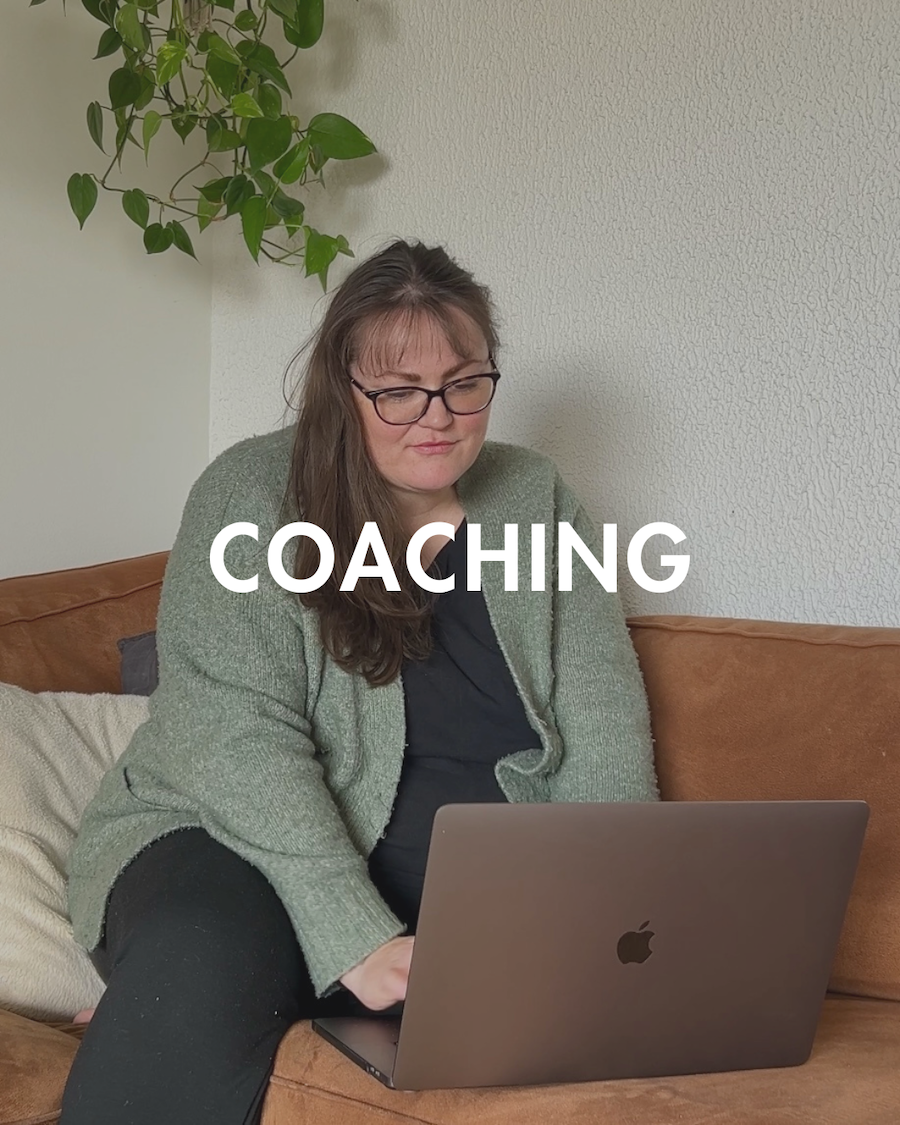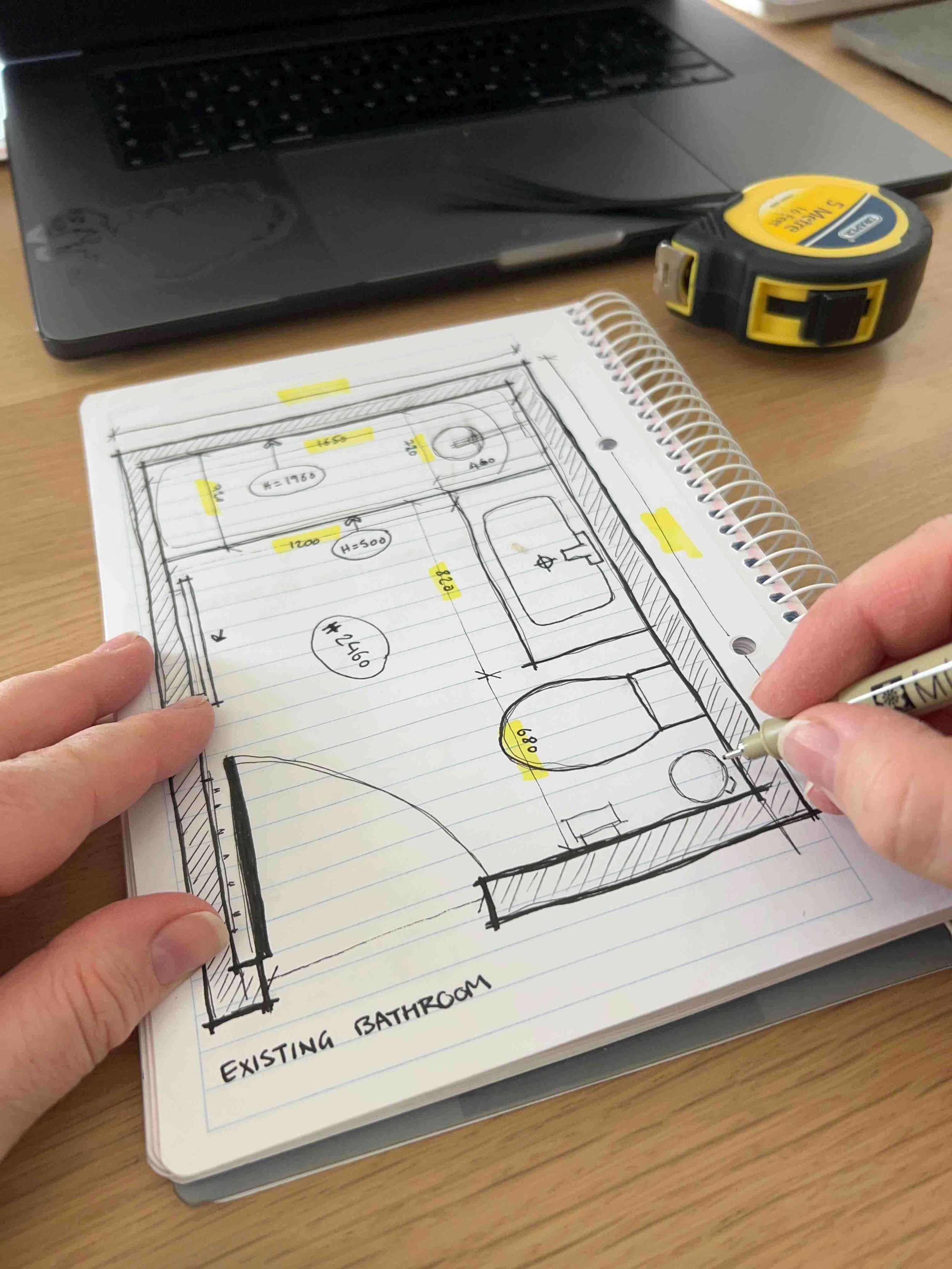University Advice: Campus Life, Accommodation and Dealing with Homesickness
/Navigating Campus Life: Tips from a Former University Lecturer
Are you preparing to embark on your journey to college or university? As a former university lecturer with years of experience guiding students, I understand the excitement and challenges that come with this new chapter.
In this blog post, I'll answer some of the most common questions students have about campus life, exploring everything from the different types of accommodation available to practical tips for overcoming homesickness. Whether you're a prospective student or a parent helping your child prepare, this guide will provide valuable insights to ensure a smooth transition into university life.
What to Expect from Campus Life
Campus life is an exciting and transformative experience, but it can also be overwhelming. Understanding what to expect can help you settle in more quickly and make the most of your time at university.
Social Life and Extracurricular Activities
The first few weeks can be daunting, but remember, everyone is in the same boat. Attend orientation events, join clubs, and don't be afraid to start conversations. Colleges and universities offer a wide range of clubs, societies, and sports teams. Getting involved is a great way to meet people with similar interests and enhance your college experience.
Academic Expectations
Your university schedule is often more flexible than high school, but this means you'll need to manage your time effectively. Create a study plan and stick to it. Look into time blocking and work on your time management. Don’t hesitate to ask for help if you’re struggling. Professors and lecturers, academic advisors, and tutoring centres are there to support you so use them.
Accommodation
Your choice of accommodation can significantly impact your university experience. Here are the main options and what you should consider when making your decision:
On-Campus Housing
Convenience. Living on campus puts you close to classes, libraries and social events, making it easier to stay involved.
Community. Dorms often have a strong sense of community which can help you build friendships quickly.
Cost. While on-campus housing can be more expensive, it typically includes utilities and offers easy access to campus resources.
Off-Campus Housing
Independence. Renting an apartment or house off-campus gives you more freedom and privacy.
Cost. Off-campus living can be more affordable but remember to factor in additional costs like utilities, transportation, and groceries.
Location. Consider how far your housing is from campus and whether you'll need to rely on public transport.
Homesickness
Feeling homesick is completely normal and something many students experience. Here are some strategies to help you cope:
Stay Connected
Regular Communication: Keep in touch with family and friends back home through calls, video chats, and social media.
Visit Home When Possible: If you’re not too far from home, occasional visits can provide comfort and reduce feelings of homesickness.
Create a New Routine
Get Involved: Engage in campus activities and make an effort to meet new people. The busier you are, the less time you'll have to get homesick.
Personalise Your Space: Decorate your room with photos, posters, and items from home to create a comforting environment.
Seek Support
Counselling Services: Most universities offer counselling services that provide support for students dealing with homesickness and other challenges.
Talk About It: Share your feelings with new friends or roommates. Chances are, they’re feeling the same way, and you can support each other.
Transitioning to university life is a significant step, but with the right preparation and mindset, it can be one of the most rewarding experiences of your life. Remember to take things one day at a time, stay open to new experiences, and don't hesitate to reach out for help when needed.



























